Teaching narrative writing and inspiring young writers can be easy. One of our most important jobs is to create a passionate writing culture in our classrooms.
In my experience, the majority of so-called reluctant writers are hesitant and disinclined to engage in writing tasks because they are fearful of getting it wrong. It is our job to take away the fear and to create a learning environment in which students feel confident to express themselves through writing in a variety of ways.
I’m going to share tips, tricks and teaching resources that will make your epic job so much easier and raise the standard of writing in your classroom.
Set Up a Writing Station
Take the fear out of writing and set up a free writing station. Provide your students with paper, blank comic strips, blank postcards, greeting cards, envelopes, pens, pencils, sticky notes or whatever else inspires your students to put pencil to paper.
Acknowledge and praise all writing as a masterpiece! Try to avoid correcting the spelling, punctuation and the grammar used in free writing tasks. Make time for your students to use the writing station. Avoid making it a fast finisher activity, as the students who need it most are likely to miss out!
Use a Writer’s Notebook
Encourage your students to keep a Writer’s Notebook to jot down new ideas for narrative writing. The wonderful Deb Sukarna has told us to…
Be wide awake! Notice events, people, objects in the world around you.
How to Set Up a Writer’s Notebook Daily Routine
- Each student needs their own notebook. If you can, let them choose if they’d prefer a lined notebook, or a blank visual diary style book like we’ve used in our photos.
- Allow students to create a cover for their notebook, or you can provide them with this Writer’s Notebook Cover Page which they can decorate.
- Introduce the concept to your class, ensuring they understand the notebook will not be graded, but will instead be used daily as a place for them to play with ideas and words. This wonderful Writer’s Notebook Poem by Ralph Fletcher is great to stick in the front of their notebooks as a reminder of the book’s purpose.
- Provide students with Writer’s Notebook Writing Prompt Cards (these are optional)
- Dedicate at least 5 minutes every day to your students’ Writer’s Notebooks, providing specific activities (see suggestions below!) or allowing free writing time.
Create a Writer’s Prop Table
Picture a small table in your classroom, scattered with a collection of objects such as a key, a padlock, a candle, a map or a train ticket, and your imagination will be popping with ideas for a narrative. Before you know it, your students will be looking for objects to add to the collection and planting seeds for their next narrative.
Direct Instruction
Research shows that students need direct instruction that includes the I do (teacher modelling), we do ( guided practice) and you do (independent practice). Teaching narrative writing is no exception to this rule and it’s critical to include a balance of modelled, guided and independent writing.
A big part of direct teaching instruction is making the lesson objectives clear. Narrative writing is a complex task and so it is important to focus on one thing at a time and to make the success criteria clear. For example, if your lesson focus is narrative structure, don’t stress about the spelling.
Our unit plans follow this direct instruction model. They have been created with love and care to make your life easier and to help your students to experience success. Look no further than our Developing Narrative Writing Skills Unit Plan – Year 3 and Year 4 . This comprehensive unit includes 15 lessons that cover it all and is a must-have.
Slow Down and Break It Up!
For incredible writing outcomes, break down the main parts of a narrative text type. Spend a significant amount of time, (one or two weeks), on each structural element. Think of it as laying one brick at a time. Ask your students to write a complete narrative only when they have secure knowledge, understanding and experience of writing an orientation, complication, resolution and an ending.
[resource:9825][resource:891][resource:788][resource:24296]
A great way to teach the structure of narrative writing is to deconstruct a text by cutting it up and sticking it back together! Given that it’s not ideal to cut up books, we have created a sorting task to reinforce the structural features of a narrative text.
If you haven’t already, check out Seven Steps to Writing Success, for a brilliant approach to teaching narrative writing. The seven steps are:
- Plan for success
- Sizzling Starts
- Tightening Tensions
- Dynamic Dialogue
- Show, Don’t Tell
- Ban the Boring
- Exciting Endings.
Sizzling Starts
Do your students fall into the trap of writing orientations that begin with One day…, On Monday, Once upon a time…? If your mission is to change this, believe me when I say that students need to see it to believe it. Try showing the opening scene of a great movie to inspire your budding writers and to demonstrate that a sizzling start is critical to engaging the audience. The opening scene of INCREDIBLES 2 Movie Clip – Opening Scene (2018), which takes just four minutes to view, is a great example.
Read amazing story openings! The more the better! I love the sizzling start to How to Bee by Bren MacDibble…
Today! It’s here! Bright and real and waiting. The knowing of it bursts into my head so big and sudden, like a crack of morning sun bursting through the gap at the top of the door…
Once you’ve given your students the opportunity to read, watch and experience the impact of amazing sizzling starts, show your students our Narrative Plot Structure Diagram to demonstrate how a great narrative often starts with action!
Need more? Download our Seven Sensational Story Starters PowerPoint. One of the most effective ways to begin a narrative is to create a ‘hook’ to capture the reader’s attention. This PowerPoint presentation includes seven sensational methods that your students can use to begin their stories in an exciting and interesting way.
Shared Writing
Shared writing is a crucial part of teaching narrative writing. This effective teaching strategy (whereby the teacher models writing while being given ideas and direction from the students), is ideal to use with the whole class or in a small group.
Try our Visual Writing Prompts Widget as a stimulus for shared writing. Each image comes with writing prompts ideas, Five Ws and One H questions and suggested activities.
Tips for leading shared writing sessions
- Focus your shared writing session on one or two elements of narrative writing. For example, focus on text structure, ideas, characters and setting or vocabulary.
- Keep it short. This will depend on the year level of your class. 10 -15 minutes is an awesome effort. As a general rule, as soon as you notice that your students are disengaged, call it a day, until tomorrow!
- Model how to write a narrative using a plan. In fact, model how to write a plan! Show your students the art of referring to the plan on a regular basis.
- Use Think, Pair, Share and Elbow Partners, to encourage ideas and discussion.
- Inspire your students and stimulate ideas through the use of visual prompts, props and feely bags.
- Make it fun and do it often.
For more useful ideas on how to use writing prompts in the classroom, don’t miss our blog 5 Ways to Spark Imagination in the Classroom Using Writing Prompts.
Are Your Students Struggling to Come Up With Ideas?
If it’s ideas that you are struggling with, we have created a Narrative Writing Visual Prompts Presentation that could be your new bestie. Students respond to beautifully illustrated visual prompts by answering a series of inference and prediction questions. The answers to these questions are then used to generate ideas for planning and writing a narrative.
Graphic Organisers and Check Lists
Do your students struggle to sequence their ideas and follow the text structure of a narrative? My guess is that they haven’t spent enough time on the planning stage.
Help your students to plan their narrative writing by using one of our Narrative Plot Structure Templates or another graphic organiser from our collection.
Encourage your students to monitor and assess their own success by asking them to complete a Narrative Writing Checklist. This is a simple, effective way to keep your students on track!
There are many different ways to teach narrative writing. It’s likely that your school has its own unique approach. Nevertheless, I hope some of these ideas and resources will take the pressure off as you guide your students to experience success with the art of narrative writing.
Whatever teaching strategies you choose to use, keep in mind that your major goal is to nurture a love of writing.
[resource:52218][resource:51552][resource:52454][resource:47925]
[resource:50874][resource:49715][resource:49242][resource:50215]



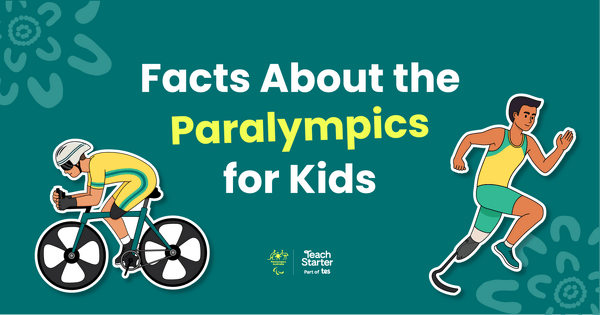

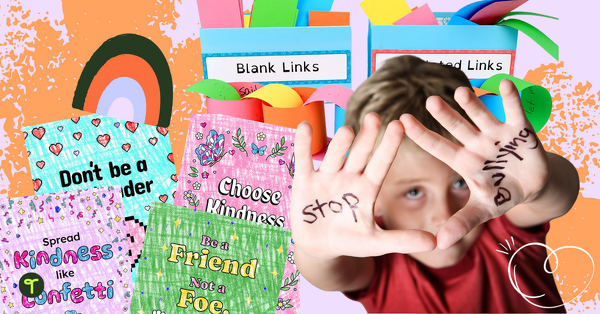
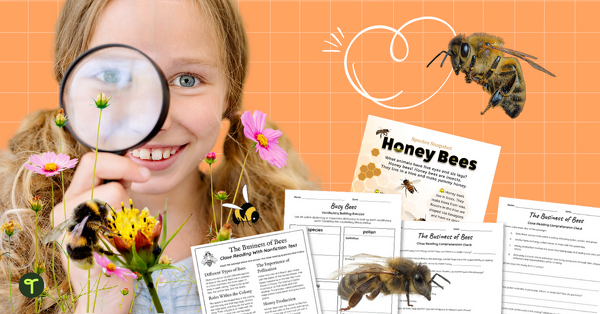
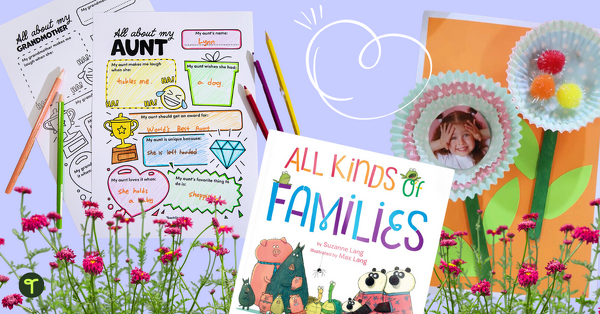
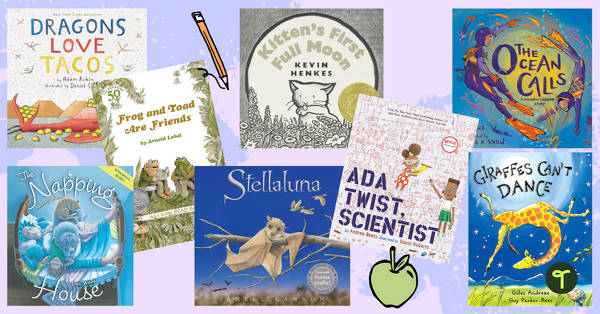
Comments